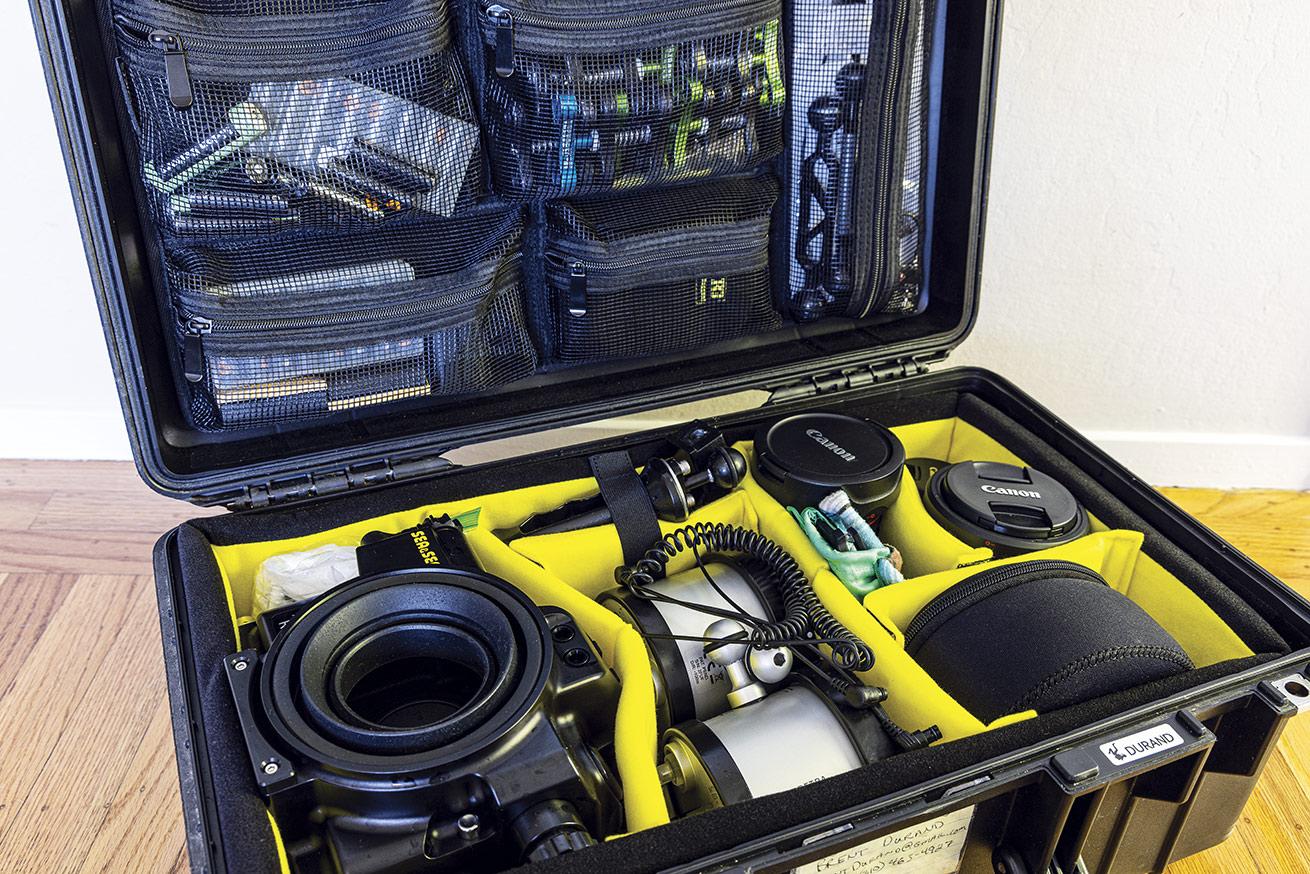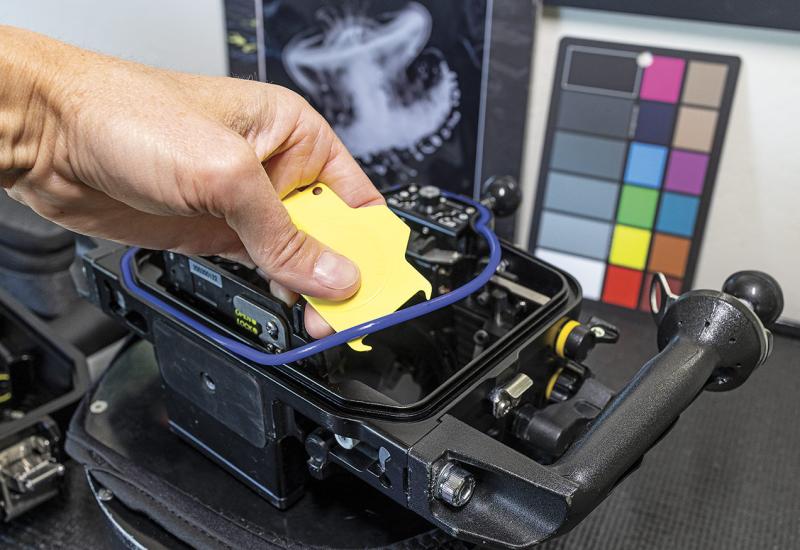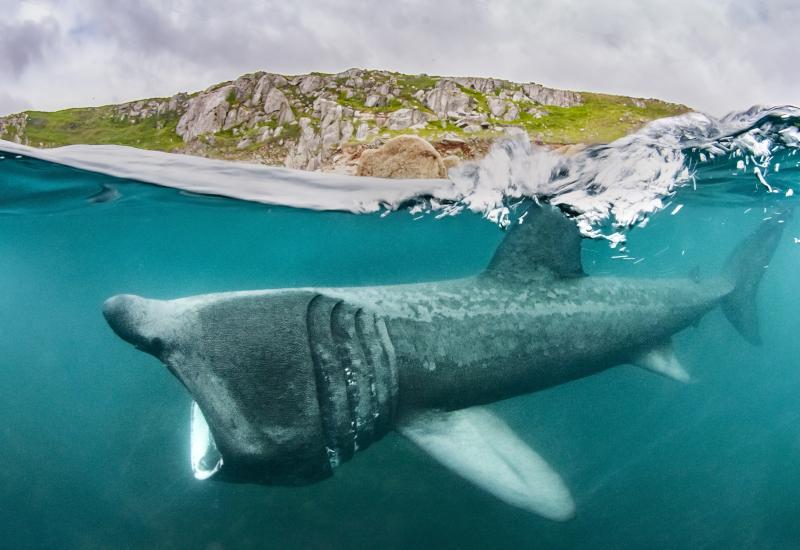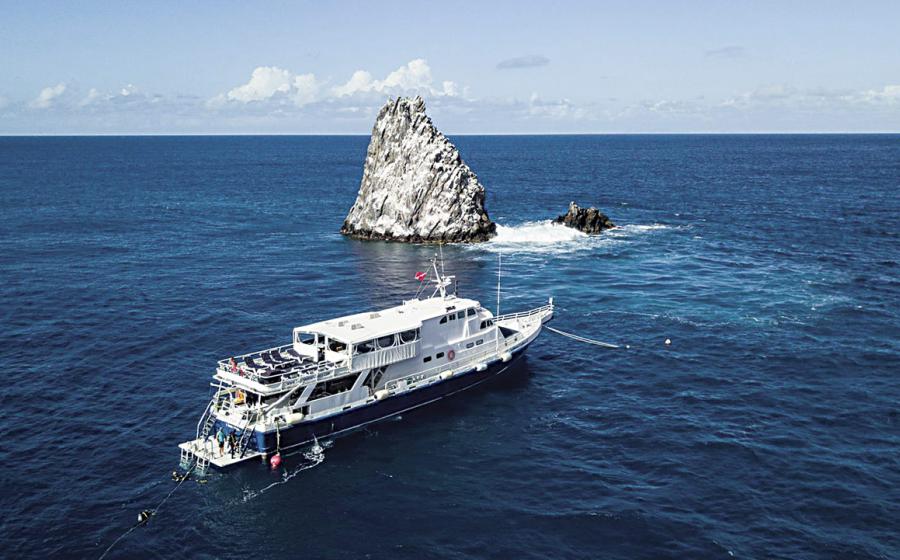How to Pack Your Underwater Photo Gear

Underwater photographers carry a lot of gear—sometimes, far more camera gear than clothes and other essentials for a dive trip. At a basic level, packing is easy. Just put your small camera in a soft case inside your backpack and you’re good to go. But then come lights and arm systems and diffusers and diopters and many more accessories that all need to travel safely to the destination with you.
The most important rule in packing your underwater camera gear is to keep the essentials in your carry-on just in case your checked bag is delayed. I always make sure to carry on whatever I need to operate my camera and create photos throughout the trip. Everything considered extra, including lenses, ports, backup lights, tools and cleaning kit, flies in a checked bag.
The rule above is fairly universal among underwater photographers. However, the methods with which each of us packs is very personal. I pack differently and use specific bags depending on the type of trip. For instance, if I’m leading a photo workshop and unpack my gear once in a resort camera room, I will pack differently than if I’m on a shoot and need a range of dry equipment protected in a case on the deck of a wet boat.
The discreet traveler with less gear will often opt to carry gear in a padded camera backpack. If the backpack doesn’t advertise the fact that it’s a camera backpack, it will often be overlooked and not weighed even by strict check-in agents at the airport. Those with heavier gear, or those with concerns carrying weight on their back, will use a roller bag. Roller bags will almost certainly be weighed by the same gate agents. As a very general rule, divers will have an easier time traveling to destinations like the Caribbean with a heavy roller bag than somewhere like Southeast Asia or the South Pacific, where 7-kilogram (15.4-pound) carry-on limits will likely be strictly enforced.
Related Reading: How to Care for Your Underwater Camera Housing
No matter how you carry your gear, it’s always wise to be friendly with the check-in agent. If they do question your overweight bag, open it and show them that it contains fragile camera equipment.
The best way to carry your extra camera equipment in your checked bag is to invest in a padded camera insert that goes inside your dive bag, assuming, of course, that you have space and won’t exceed the standard 50-pound maximum weight limit. This technique pads your equipment without needing to check another bag or hard case, at least until you have a lot of extra equipment. Most dive bags have at least one hard side, and fins can be used to create a hard surface on the two long sides, offering strong protection for the padded case inside your bag.
Pro Tip
You can pack extra gear inside a small hard case in your dive bag, and once at the destination, use that hard case to carry and protect a surface camera or phone on the dive boat, where things can get beat up and wet if not well protected.










